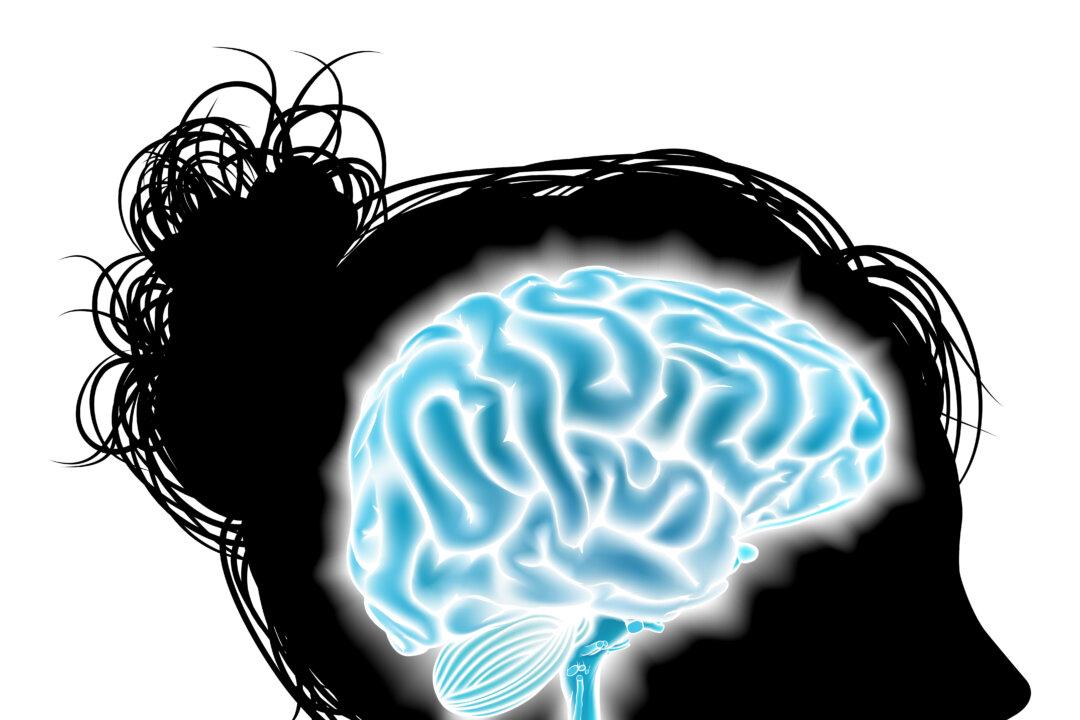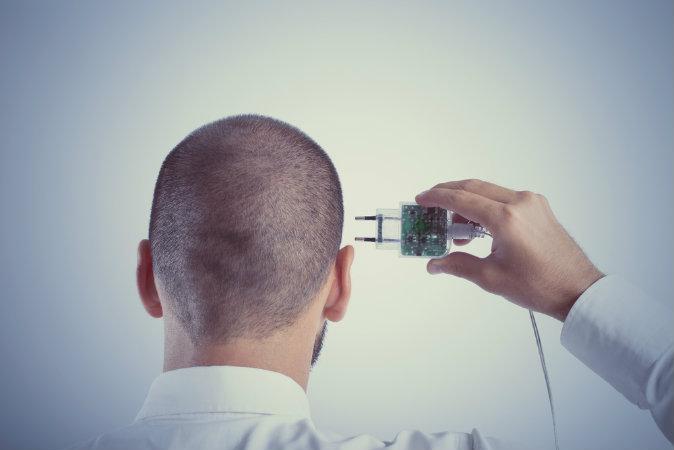Applying mild electrical currents to your head could take away pain, help memory, and improve attention—and the U.S. military is very interested. Some people are applying the current at home with equipment bought online.
In the summer of 2010, Ryan Clark twisted his ankle during a gym class. It was painful, but inconvenient more than anything. He was put on crutches for a week and his ankle healed. Then, six weeks later, the pain returned—only this time, it was a lot worse. Ryan ended up in a wheelchair, unable to bear the agony of walking. Drugs and rehab helped and after six weeks or so he recovered. Then he injured himself again, and a third time, each minor accident triggering pain that became horrendous. “They were just normal injuries for a 9-year-old,” says Ryan’s father, Vince, “but for him it was huge. As well as the pain, he got tremors. His muscles locked up. He'd go into full body spasms, and just curl up on the floor.”
Ryan was eventually diagnosed with complex regional pain syndrome, a disorder that affects one in a million children his age. Vince Clark, who directs the Psychology Clinical Neuroscience Center at the University of New Mexico in Albuquerque, threw himself into understanding the syndrome and finding ways to help Ryan. Traditional painkillers had provided no relief, so Clark wondered about what he'd been researching in his lab. It’s called transcranial direct-current stimulation (tDCS) and it involves applying mild electrical currents to the head.
TDCS belongs to a group of techniques known as “non-invasive brain stimulation” because they don’t involve surgery. It is still experimental, but even in 2010, it was showing promise not only for alleviating pain, but for boosting the brain, improving memory and attention in healthy people. The U.S. Department of Defense (DoD) wondered whether it might benefit military personnel. By the time Ryan became sick, Clark had led DoD-funded studies that explored this question, and produced remarkably good results.
***
The Royal College of Surgeons, London, January 1803. An audience watches in anticipation as the maverick Italian scientist Giovanni Aldini strides into the room. Someone else is on display before them: George Forster, a convicted murderer, who was earlier hanged at Newgate Prison. Using a primitive battery and connecting rods, Aldini applies an electrical current to the corpse. To the spectators’ amazement, it grimaces and jerks. In response to rectal stimulation, one of its fists seems to punch the air.
Aldini was fascinated by the effects of electricity on both the body and the mind, Clark tells me. After claiming to have cured a 27-year-old depressed farmer using electrical stimulation, Aldini tried it on patients with “melancholy madness” at the Sant'Orsola Hospital in Bologna. He had only limited success, in part because the patients were terrified of his apparatus.



